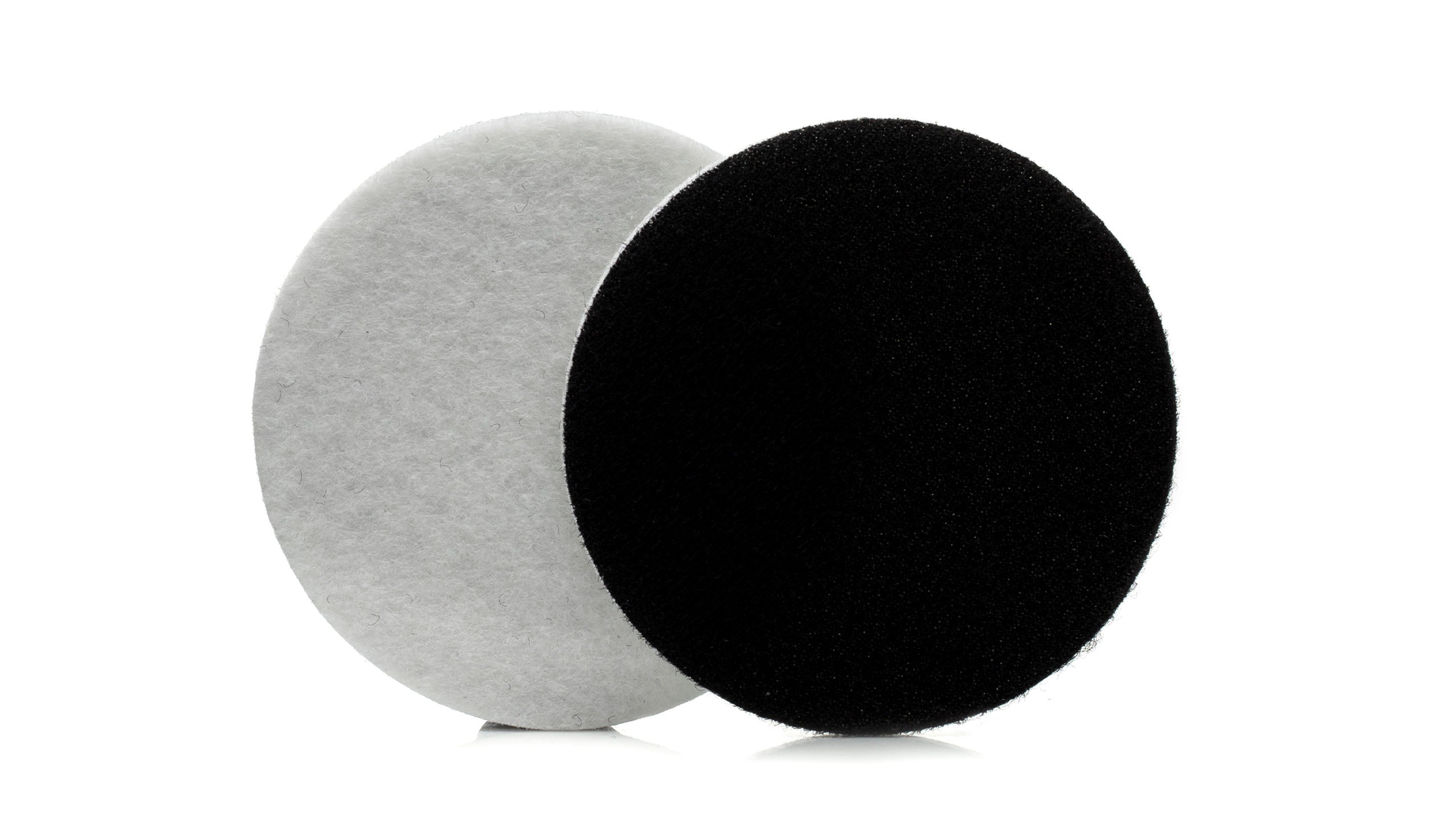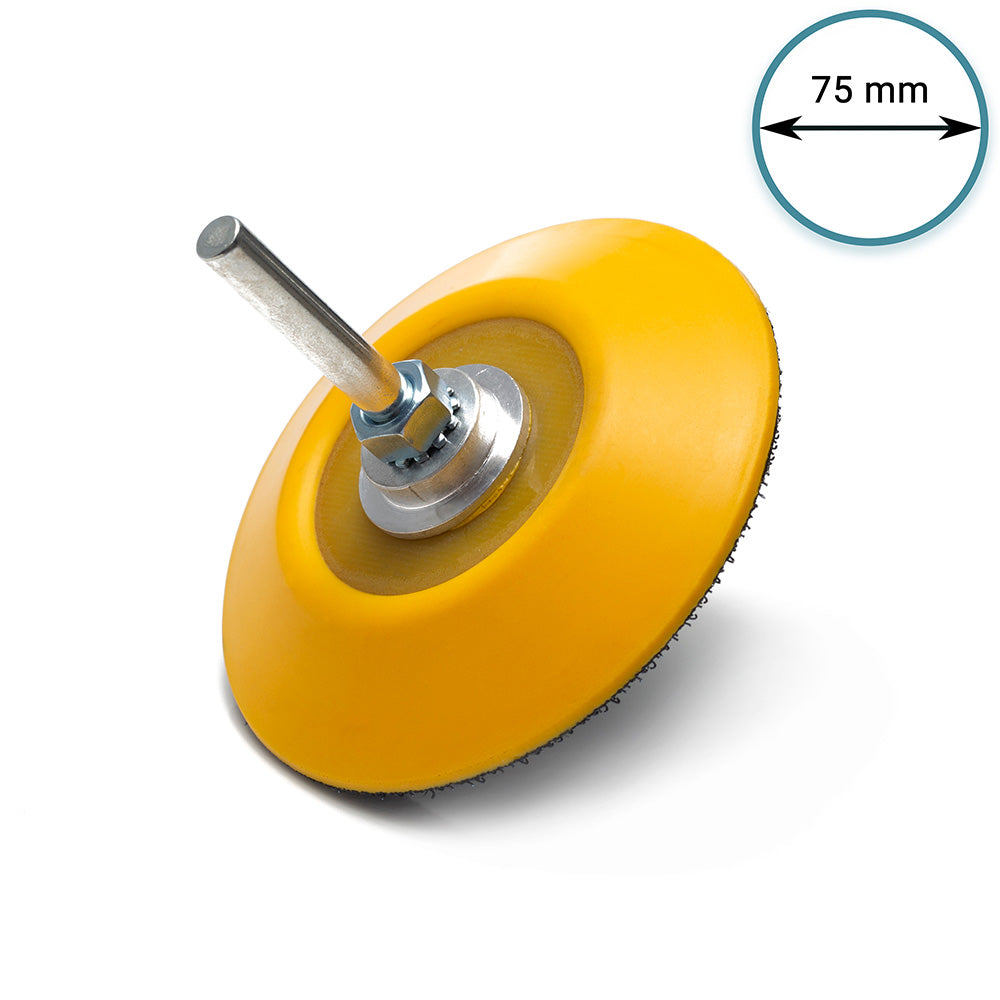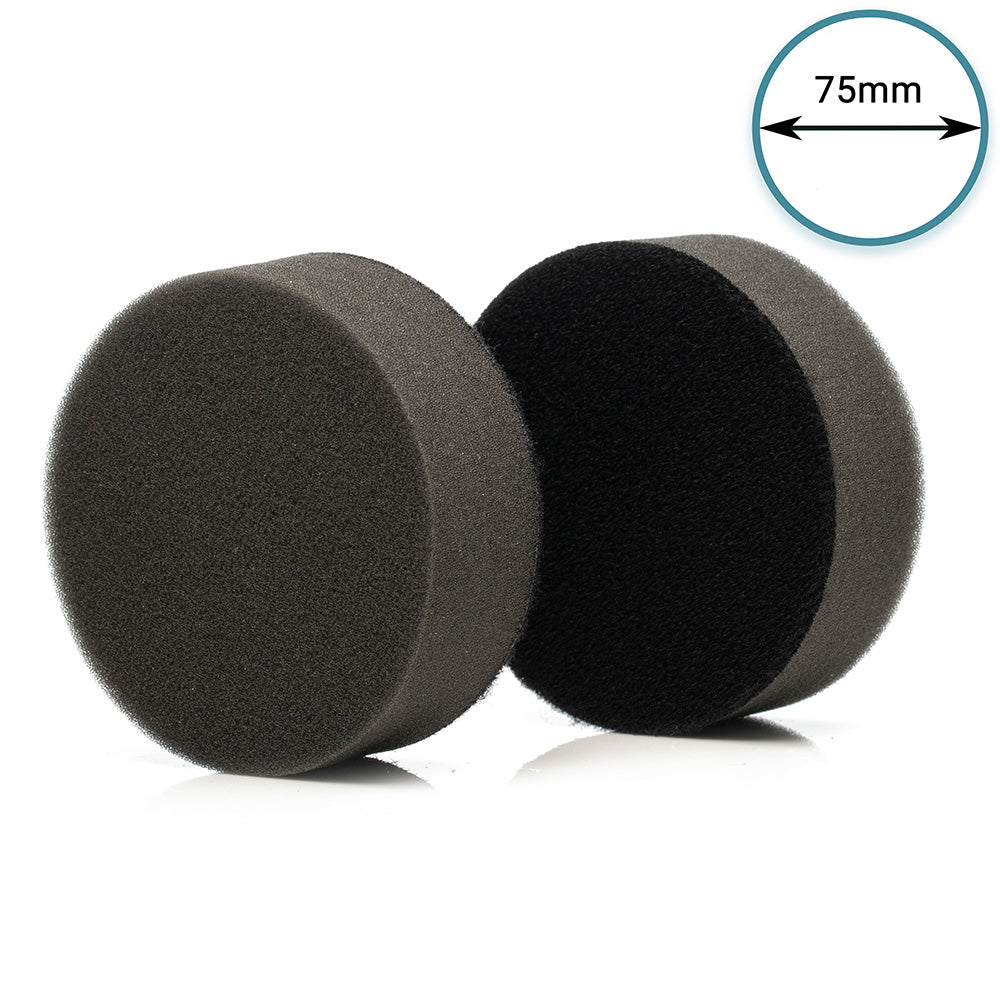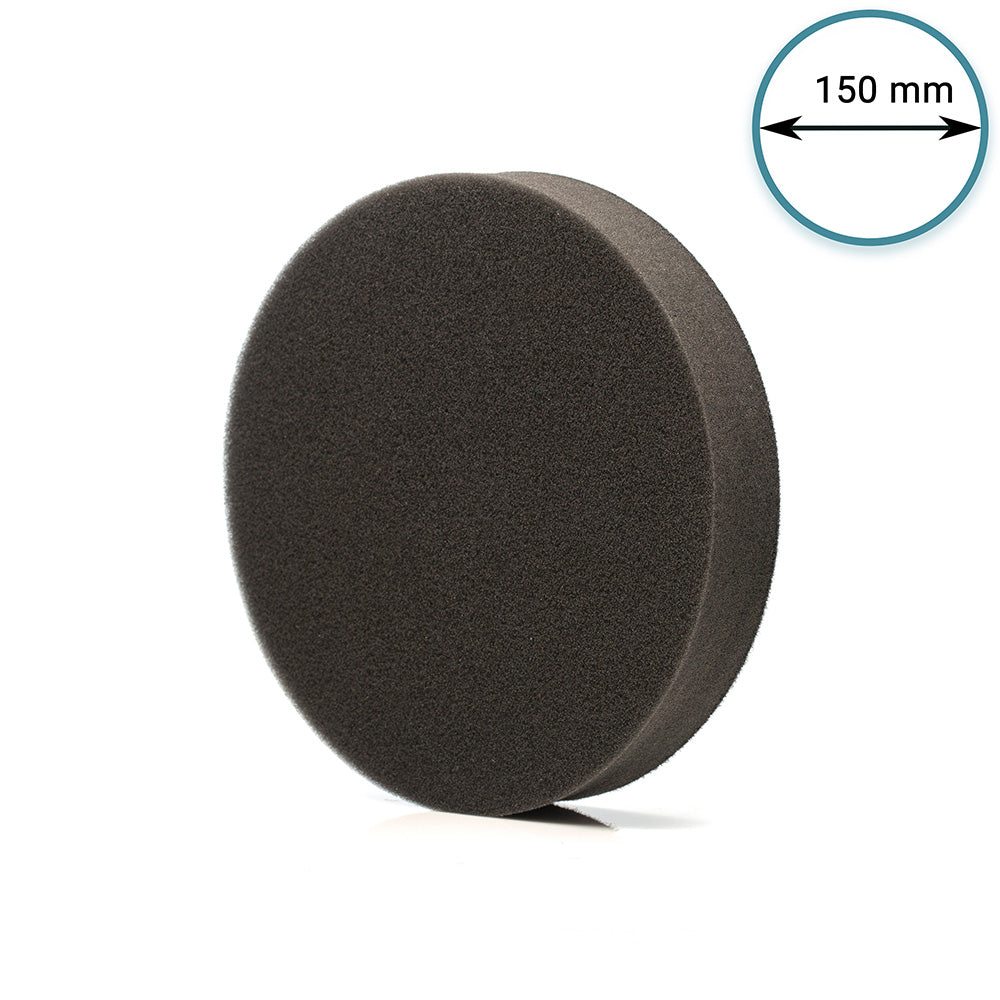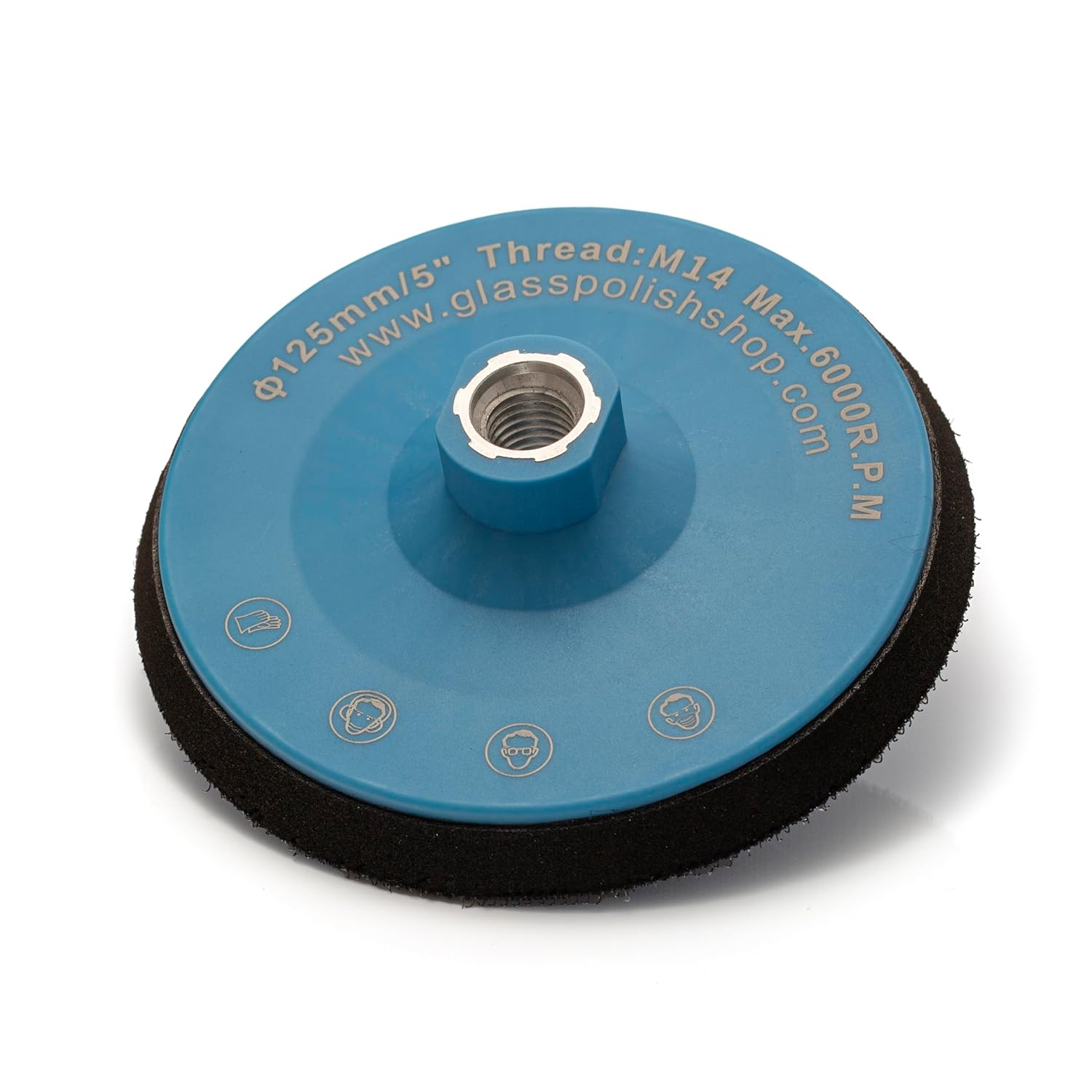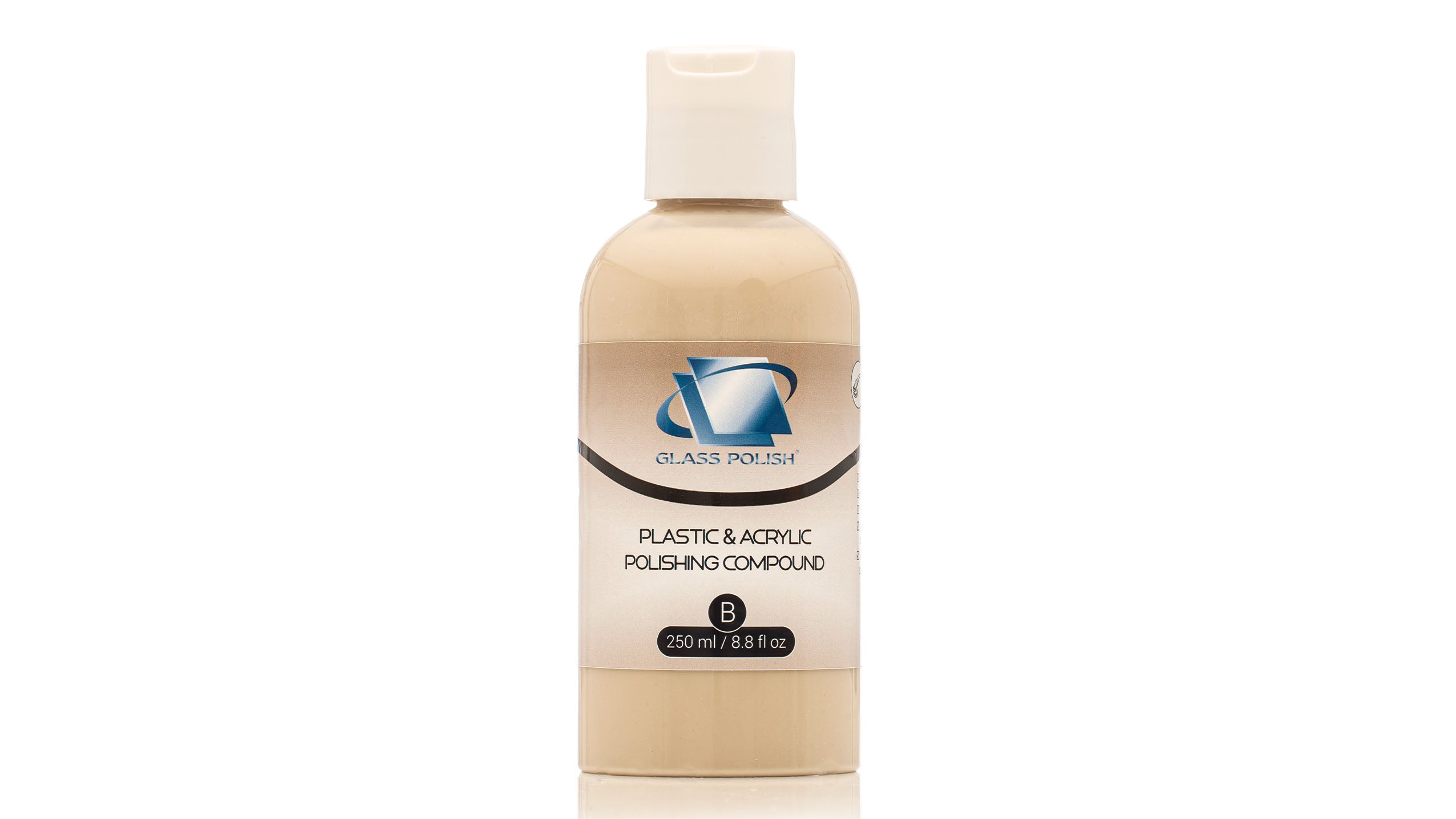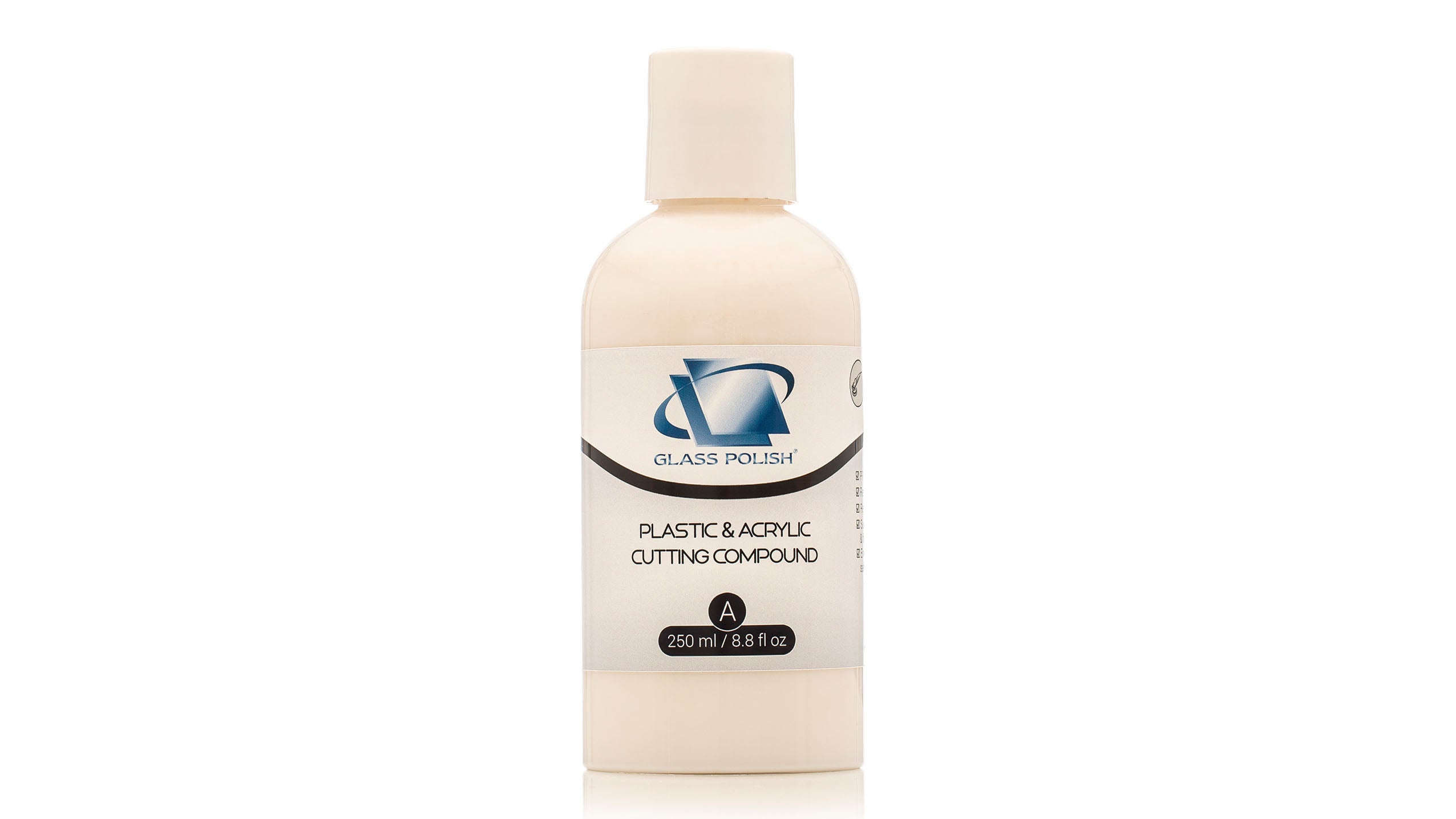Plastic Polishing Compound Support
How To Use Plastic Polishing Compound
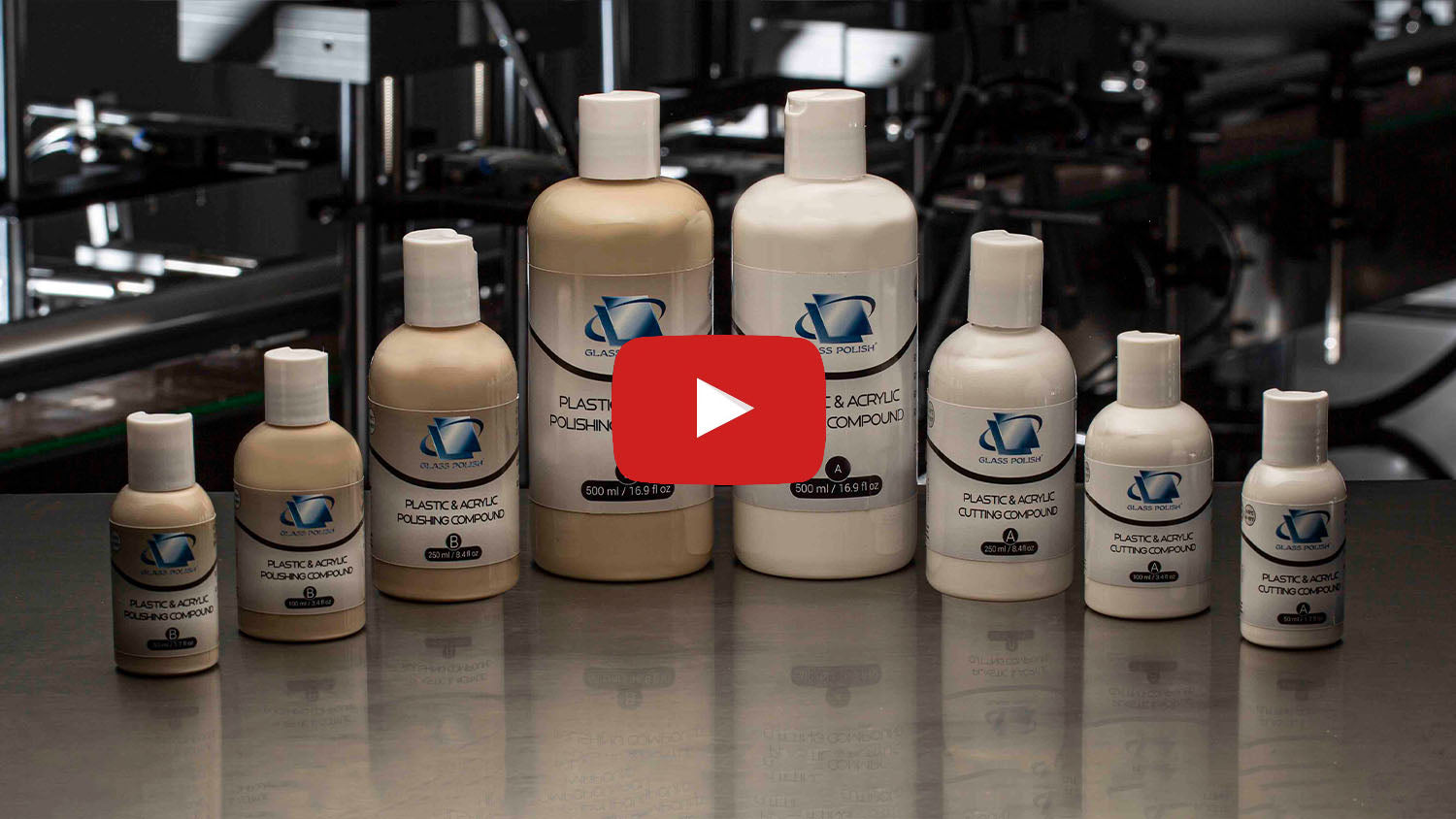

Plastic Polishing Tips
✅ Start by cleaning the surface thoroughly to remove dirt and debris.
✅ Begin with a cutting compound for deeper marks, then switch to polishing compound for clarity.
✅ For deep scratches, use silicon carbide abrasive discs first, then follow with the compounds.
✅ Work slowly and steadily to prevent overheating or warping the plastic.
✅ Use a soft foam or felt pad designed for plastics to avoid scratching.
✅ Polish in small sections for even results and better control.
Frequently Asked Questions
What types of plastic can these compounds be used on?
Our compounds are suitable for acrylic, polycarbonate, Plexiglas, Perspex, and most clear or hard plastics.
Can these compounds remove deep scratches?
The cutting compound can remove moderate scratches, while the polishing compound restores clarity and shine. Deep scratches may require sanding first.
Can I use these compounds by hand or do I need a machine?
Both methods work. Hand polishing is suitable for small areas, while a machine gives faster and more consistent results on larger surfaces.
Will polishing damage or weaken the plastic?
No, when used correctly the compounds are safe. They only remove a fine surface layer to restore clarity without compromising strength.
What finish can I expect after polishing?
The compounds restore a clear, high-gloss finish, improving visibility and appearance without leaving a matte effect.
Often Bought Together
GP-PRO Felt Polishing Pad / 3'' 75mm
Pro-Line Polishing Foam / 3" 75mm
Pro-Line Polishing Foam / 6" 150mm









